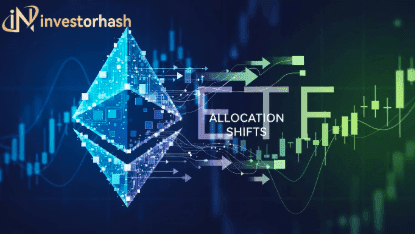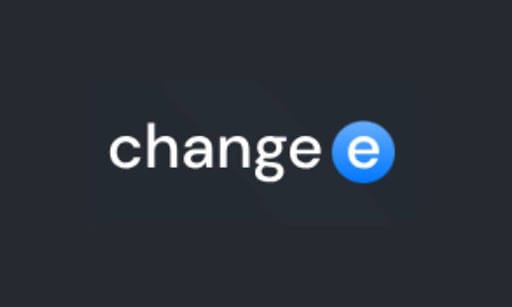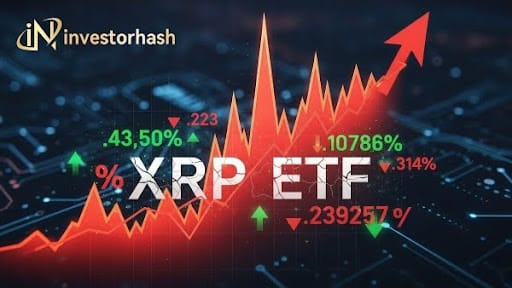What are Non-Fungible Tokens (NFTs)?
The creation of a Decentralized Autonomous Organization is a task of great complexity and nuance. The successful implementation of such a system requires a deep understanding of smart contract programming and the selected blockchain platform. The utilization of DAO tools such as OpenZeppelin, Truffle, and Embark may aid in this process. However, the final outcome is dependent upon the expertise and care applied throughout the development process. It is therefore recommended that one seek guidance from experienced developers before embarking on such an endeavor.
The crypto and blockchain industries are said to have nearly unlimited potential and the ability to transform the world as we know it. However, most of what they can do is still largely theoretical. There are only a handful of use cases that are available in practice, and even those are often overlooked because of growing or crashing prices.
To this day, the biggest uses of digital currencies are trading and making payments. This is, of course, important, as well as the primary reason why cryptos were created, in the first place. However, using the potential of the crypto industry for other purposes — such as Non-Fungible Tokens (NFTs) holds a lot more potential.
What are NFTs?
NFTs are essentially tokens, although not tokes like Bitcoin and similar coins. These are a special type of cryptographic tokens which represent something unique.
In order for a token to function like Bitcoin, it has to be interchangeable with other tokens of its kind. Any 1 BTC is always equal to any other 1 BTC in the entire crypto industry. In other words, if someone were to take 1 BTC from your wallet and replace it with another 1 BTC, you would still have the same amount of money.
NFTs don't work like that, as they are often used to create a verifiable digital scarcity, digital ownership, or for enabling asset interoperability across different platforms.
What are NFTs Used for?
As mentioned, NFTs can have a number of different uses. But, their most popular use is in tokenization, which is a process where real-world assets get their representation in the digital world in the form of an NFT.
This can include anything of value that might be difficult or impossible to split up, such as real estate, jewelry, gems, precious metals, art, and more.
NFTs are the best option to split ownership over such products because they are unique, rare, and indivisible, meaning that NFTs can only be sold as a whole, and not be broken down into smaller units such as Bitcoin and its satoshis.
In addition to everything already mentioned, NFTs can also be used in decentralized applications (dApps) to issue unique digital items and collectibles. They are already often used in online gaming, where they can represent an in-game asset that can be sold or bought in the form of an NFT.
One potential use for NFTs for the future could be digital identity, where people would store identification and ownership data on the blockchain, which would increase privacy and data integrity.
Where do NFTs Come from?
NFTs have been around for quite some time now, originally gaining momentum back in 2017. This did not have anything to do with the Bitcoin bull run that took the crypto industry to the moon. Instead, it had everything to do with Ethereum's biggest on-chain dApp and game, known as CryptoKitties.
In short, this is a game where users can collect and store genetic materials, breed virtual cats, and then sell them. As you can imagine, each cat is unique and represented by a non-fungible token. While this might sound a bit strange, CryptoKitties' popularity brought over 12,000 transactions in December 2017 alone.
Conclusion
NFTs are special crypto tokens that have the unique ability to represent the digital form of real-world assets, assign ownership of said assets, and more. It is likely that their use cases are much greater in number than we can even begin to understand now, but for the moment, they are still quite a bit overshadowed by other areas of crypto.
Despite this, NFTs are quietly developing and growing, and it is more than likely that they will emerge and explode someday, not unlike what the DeFi sector did in 2020.




